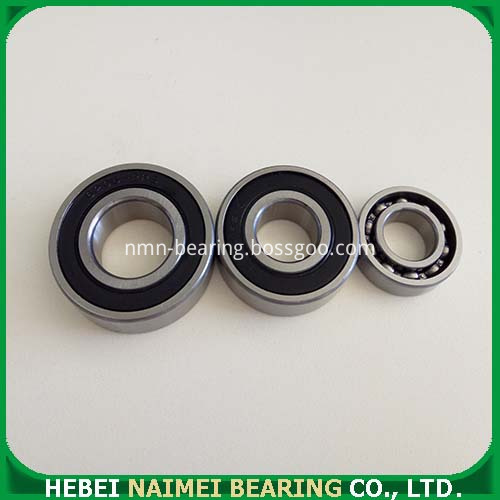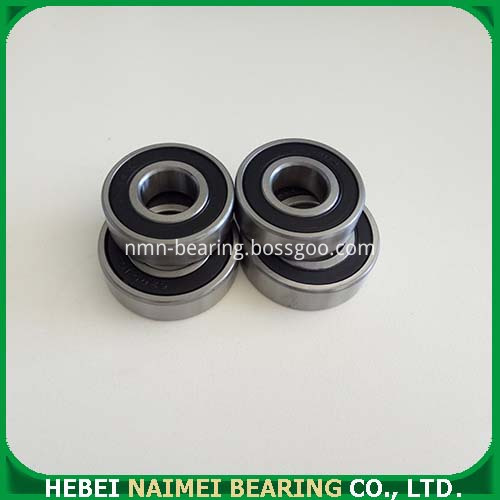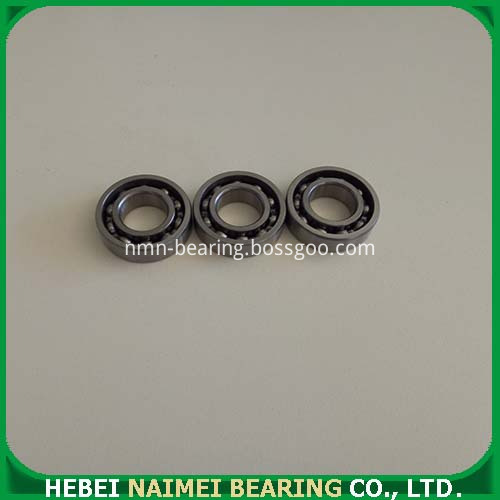The satellite clock difference is the difference between the clock face of the atomic clock on the GPS satellite and the GPS standard time. In order to ensure the accuracy of the clock, GPS satellites use high-precision atomic clocks, but the total deviation and drift and drift between them and the GPS standard time are still within 1ms to 0.1ms, and the resulting equivalent positioning error will reach 300km. ~30km. This is a systematic error that must be added to the correction.
(3) SA error
The Selective Availability (SA) policy, which is the availability selection policy, is a policy for reducing the accuracy of the system in order to restrict the use of GPS for high-precision point positioning by non-privileged users. It includes the ε technique to reduce the accuracy of broadcast ephemeris and the δ technique to attach a random jitter to the fundamental frequency of the satellite. After implementing SA technology, SA error has become the most important factor affecting GPS positioning error. Although the United States cancelled SA on May 1, 2000, the United States may resume or adopt similar interference techniques during wartime or when necessary.
(4) Influence of relativistic effects
This is due to the relative error between the satellite clock and the receiver clock caused by the difference between the satellite clock and the receiver's state (motion speed and gravity). Due to the relative movement of the satellite clock and the ground clock, the satellite clock travels slowly relative to the ground clock, which affects the measurement of the electromagnetic wave propagation time.
2. Errors related to the route of transmission
(1) Ionospheric delay
In the ionosphere over the Earth from 50 to 100 km above the Earth's surface, gas molecules are strongly ionized by various radiations such as the sun to form a large number of free electrons and positive ions. When the GPS signal passes through the ionosphere, as with other electromagnetic waves, the path of the signal must be bent and the propagation speed changed, resulting in a deviation in the measured distance. This effect is called ionospheric delay.
(2) Tropospheric delay
The troposphere has a larger atmospheric density than the ionosphere and the atmosphere is also complicated. When the GPS signal passes through the troposphere, the propagation path of the signal will be bent, thus causing a deviation in the distance measurement. This phenomenon is called tropospheric delay.
(3) Multipath effect
The satellite signal (reflection wave) reflected by the reflector around the station enters the receiver antenna and interferes with the signal (direct wave) directly from the satellite, causing the observation to deviate, resulting in a so-called “multipath errorâ€. This interference delay effect due to multipath signal propagation is called multipath effect.
3. Errors related to GPS receivers
(1) Receiver clock error
GPS receivers generally use high-precision quartz clocks. The difference between the receiver's clock face and the GPS standard is called the receiver clock error.
(2) Position error of the receiver
The error of the phase center of the receiver antenna with respect to the center of the mark of the station is called the receiver position error.
(3) Receiver phase center deviation
In GPS measurements, the observations are based on the phase center of the receiver antenna. The phase center of the antenna and its geometric center should be the same in theory. However, the phase center of the antenna varies with the strength and direction of the signal input during observation, and this difference is called the positional deviation of the antenna phase center.
These three types of error sources mainly affect the measurement of the electromagnetic wave propagation time and the acquisition of the satellite's precise position (ie, precision positioning). The so-called precise positioning is a technique that uses various models to estimate various errors and then corrects the GPS positioning results. It is a front-line topic for GPS applications.
6000 Series Deep Groove Ball Bearing
Deep Groove ball bearings(bearings 6000zz) are the most popular of all the Ball Bearing types because they are available in a wide variety of seal, shield and snap-ring arrangements.The bearing ring grooves are circular arcs made slightly larger than the radius of the ball. Pls see our services: 1. We have our own factory 2. Various bearing material are available 3. 100% quality check before shippment 4. Working life: at least one year 5. 24 hour after-sale service
Product show:



Packing:
1 Industry package: 200pcs/plastic bag, 2000pcs /carbon , 50 cartons/pallet ,
2 Tube Package: 10PCS/tube,then put in Carton and Pallet
3 Single Package: 1PC/single box, then put in Carton and Pallet
And also we can pack according to your requirement.
Packing Photos:

Workshop:

Exhibition:

6000 Series Deep Groove Ball Bearing
6000 Series Deep Groove Ball Bearing,Deep Groove Ball Bearings 6002,Fan Bearing Ball Bearing,Low Noise Ball Bearing
Hebei Naimei Bearing Co., Ltd. , https://www.nmn-bearing.com





